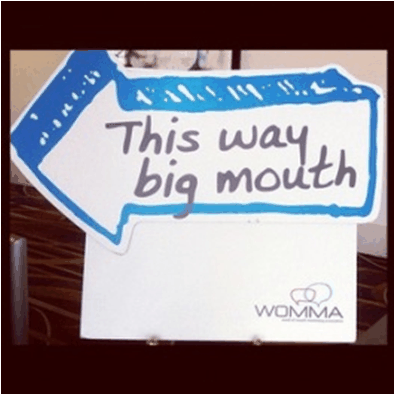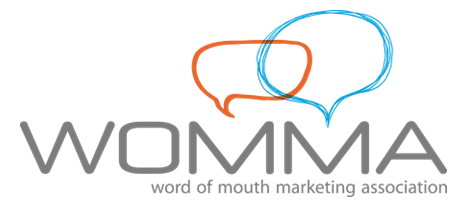A WOMMA Recap
Two Zenoids took on Vegas for the 2011 WOMMA Summit for three days of panels, networking and well… other Vegas activities. This was my first official Zeno excursion as well as my first trip to the notorious “Sin City”, and as the plane took off from Chicago to a warmer climate there were feelings of excitement and a tad nervousness creeping through my mind. I met Nick Mendoza, my Zeno group accomplice and a WOMMA presenter on mobile apps with our Pizza Hut client, at the Las Vegas airport and we headed off to the Cosmopolitan to fill our minds with all things WOMMA.

As an active yoga enthusiast, I try to seek balance in my everyday life – something that was very helpful throughout the summit. With a variety of panels going on simultaneously, vendors and new faces around every corner, I found keeping perspective gave me the ability to really soak in all of the valuable information shared by speakers and peers at WOMMA.
Remember that saying, “What happens in Vegas stays in Vegas”? Not this time. I’m sharing with you some key takeaways I learned in regards to Community Management and Engagement.
Did you know that a person’s average retention rate is nine seconds? That means a brand has less than 10 seconds to grab a consumer’s interest and fascinate them. Sally Hogstead, author of Facinate kicked off 2011’s summit with this prospect. There are seven triggers which can fascinate a consumer: power, passion, mystique, prestige, alarm, rebellion and trust. Use Hogstead’s test to find out your F-score.

With only nine seconds to capture a consumer’s interest, it is easy to see why Social Media plays such an enormous role in connecting to and with our brands’ fans. Michael Brito of Edelman Digital delved into how organizations are evolving to meet the needs of their increasingly social customers. Brito emphasized the importance of standing out among the rest saying, “To win, a brand needs to have multiple touch points to build a relationship that cuts through the clutter.”
Dave Kerpen, co-founder and CEO of Likeable Media and author of Likeable Social Media: How to Delight Your Customers, Create an Irresistible Brand, and Be Generally Amazing on Facebook (And Other Social Networks), put his take on a brand’s Facebook strategy plain and clear, “It’s simple. Just be likeable.” The continual evolution of Facebook keeps us all on our toes. Kerpen’s advice? “Post higher quality content, with an emphasis on links, photos and videos – and don’t be afraid to ask your Community for help.” Fans like to know that you are listening to them, and brands reiterate their importance by asking questions like “What would you like to see more of?”, “Who inspires you?” and “Why do you like this page?”
As we come closer and closer to nailing down best practices across Social Media channels, it’s time to start thinking of the standards in the industry. The demand for Community Managers will parallel the need for advocacy, feedback and support that fans seek. Jim Storer of Community Roundtable and Kathy Baughman of ComBlu presented WOMMA’s Community Management certification program, which will launch in January. The online training program will set industry standards for: Community Specialist, Community Manager, and Community Strategist.
Christine Cea of Unilever, Ekaterina Walter of Intel and John Bell of Ogilvy gave lessons on Operationalizing Social Media within the Enterprise. Consistency is key here. Go back to basics - know what your strategy is and objectives are. There must be a clear purpose and consistent branding. Then, establish the appropriate voice and consistency of tone.
Marcy Massura of Weber Shandwick also spoke on Community Management and reiterated some pivotal takeaways. What makes a good Community Manager? They are totally knowledgeable of the brand, observe the audience, provide a reason to socialize, are passionate (this isn’t a 9-5 gig), knows what makes good “bait”, and can spot a content wave and ride it. Response time goes a long way with fans – it is the best way to win with a community. People expect a constant presence – In fact, Oscar Meyer has a four hour maximum response time. Because most of the questions fans ask will be the same, it is recommended to build a response library to remain consistent and save time.

Speaking of customer service, Jeff Simmermon and Phil Blum of Time Warner Cable along with Virginia Miracle of Ogilvy 360 Digital Influence emphasized the social strategy is made up of customer care, PR and marketing. The majority of feedback Time Warner Cable receives comes from frustrated tweeters, who express their anger more openly online then they would on the phone. Once answered, many are surprised that the brand is actually listening and once their problem is resolved show their gratitude via their own social networks.